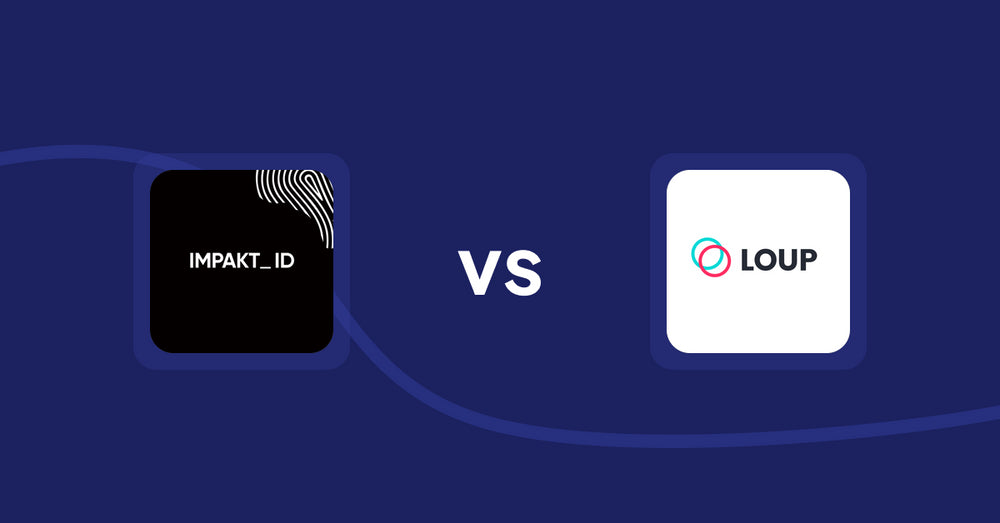Shopify Product Display Apps: Smart Tabs ‑ Product Tabs vs In‑store Shopping Assistant

Table of Contents
- Introduction
- How Does Smart Tabs ‑ Product Tabs Work?
- How Does In‑store Shopping Assistant Work?
- How Much Does Smart Tabs ‑ Product Tabs Cost?
- How Much Does In‑store Shopping Assistant Cost?
- Cost Analysis: Smart Tabs ‑ Product Tabs vs. In‑store Shopping Assistant
- User Reviews & Customer Support Insights
- Integration and Compatibility Comparison
- Conclusion
Introduction
In the competitive realm of e-commerce, product display plays a crucial role in shaping customer decisions and enhancing shopping experiences. A well-structured product page can lead to higher conversion rates and improved customer satisfaction. Enter product display apps, designed to optimize these pages by providing engaging layouts, effective categorization, and easy navigation that ultimately boost sales.This post will delve into the capabilities of two noteworthy apps: Smart Tabs ‑ Product Tabs and In‑store Shopping Assistant. Both offer unique solutions in enhancing product display, yet they do so with distinct features and functionalities. Smart Tabs focuses on providing a comprehensive product description layout, while In‑store Shopping Assistant simplifies the shopping process in brick-and-mortar stores through innovative technology.
How Does Smart Tabs ‑ Product Tabs Work?
Smart Tabs ‑ Product Tabs is tailored to facilitate an organized presentation of product information. The app adds tab and accordion widgets to your product pages, allowing you to effectively display essential details such as descriptions, shipping information, and frequently asked questions without overwhelming your customers.Setup: Merchants can easily create customized tabs that can either be product-specific or shared across multiple products, collections, or vendors. This adaptability is particularly beneficial for businesses aiming for consistent branding while enhancing user engagement.
Key Features:
- Product-Specific Tabs: This feature allows for detailed and tailored descriptions unique to each product. For instance, a clothing retailer can provide specific care instructions or sizing details on the tab, addressing potential customer concerns directly.
- Unlimited Shared Tabs: Users can use shared tabs across various products, reducing redundancy in information entry. For example, a shop selling multiple items from the same vendor can apply the same shipping and returns policies across those products rapidly.
- Design Flexibility: The app includes pre-built design templates or offers a visual editor for custom designs. This flexibility assists businesses in maintaining a streamlined aesthetic that reflects their branding, whether they are a startup looking to establish a presence or a seasoned enterprise aiming to refresh their image.
- 3rd Party App Integrations: This significantly enhances functionality by allowing additional features such as reviews, size charts, and FAQs. Integration with apps like YotPo or Judge.Me helps build trust with potential buyers by allowing easy access to product ratings and feedback.
By effectively utilizing Smart Tabs, businesses of all sizes can see tangible improvements in customer engagement. For instance, a small to medium-sized business might utilize the shared tabs during promotional campaigns, ensuring their most popular items have consistent and attractive displays without requiring excessive reconfiguration.
How Does In‑store Shopping Assistant Work?
In‑store Shopping Assistant centers around harnessing AI analytics to boost retail sales. The app enhances the in-store shopping experience by facilitating a streamlined self-service process for customers.Key Features:
- Self-Serve Convenience: By scanning a QR code, customers can access a digital catalog of products without needing to download an app. This feature empowers customers while allowing businesses to cater to multiple shoppers efficiently. Ideal for businesses looking to reduce staff during peak hours, this feature can greatly enhance the consumer experience and may appeal to retail operations of all sizes.
- Customer Data Capture: The app enables the collection of customer contact details for future marketing efforts. This is vital for small businesses aiming to communicate with repeat customers or larger enterprises seeking to build extensive customer databases for targeted campaigns.
- Integration with PoS Systems: Seamless integration with existing point-of-sale systems allows for quick processing of transactions. This capability ensures that businesses can maintain their current sales processes while upgrading the shopping experience.
Though innovative, the In‑store Shopping Assistant primarily benefits businesses with physical locations looking to enhance their customer service offerings during busy periods. However, its limited features may not fully meet the diverse needs of online stores.
How Much Does Smart Tabs ‑ Product Tabs Cost?
In the realm of product display apps, cost-effectiveness is vital. Smart Tabs ‑ Product Tabs offers a structured pricing model that accommodates varying business sizes.-
Free Plan:
- Price: Free
- Features: This plan includes basic layout settings, app branding on the widget, and product-specific tabs.
- Target Audience: Ideal for startups or very small businesses needing an entry-level solution without upfront costs.
-
Plus Plan:
- Price: $5/month
- Features: This plan includes unlimited shared and product tabs, access to all layout templates, custom CSS, advanced tab settings, and third-party integrations, with no branding.
- Target Audience: Suitable for small to medium-sized businesses aiming to enhance their product display without substantial investment.
With the flexibility and range of features offered, Smart Tabs ‑ Product Tabs presents an excellent opportunity for businesses to pick a suitable plan mirroring their growth and operational capability.
“It is important to note that you can always reach out to our team and we can create a custom pricing plan to suit your needs and your budget. Schedule a call via this link and we’ll come up with the best solution for you and your business.”
How Much Does In‑store Shopping Assistant Cost?
As of now, In‑store Shopping Assistant does not provide transparent pricing information, which can be a considerable drawback for interested users. Businesses looking for cost-effective solutions must assess how the app integrates with existing operations, particularly in terms of value for money. Given its recent launch, it may not offer the extensive range of features that justify an unknown pricing model.Due to its self-serve convenience features aimed primarily at physical stores, businesses must consider the long-term financial benefits before committing.
Cost Analysis: Smart Tabs ‑ Product Tabs vs. In‑store Shopping Assistant
When comparing the cost of Smart Tabs ‑ Product Tabs with In‑store Shopping Assistant, Smart Tabs emerges as the more compelling option. With clear pricing tiers that provide businesses with flexibility based on their size and growth goals, Smart Tabs offers greater value.In contrast, the opaque pricing of In‑store Shopping Assistant, especially for an app that integrates with PoS systems and is aimed at increasing sales, may raise concerns among users regarding return on investment. While it seems to have potential, prospective users may hesitate without understanding associated costs.
User Reviews & Customer Support Insights
Is Smart Tabs ‑ Product Tabs good?
With a remarkable 5-star rating from 64 reviews, Smart Tabs ‑ Product Tabs stands out for its ease of use and effectiveness. Users appreciate the app's ability to enhance product pages, making information accessible without compromising the visual appeal.Is In‑store Shopping Assistant good?
While In‑store Shopping Assistant boasts a perfect rating from a single review, the lack of feedback makes it difficult to form an overall view. Users might appreciate the innovative self-service model, yet questions remain concerning its long-term usability and effectiveness.Customer support plays a critical role in user satisfaction. Given that In‑store Shopping Assistant is newly launched, there may not be enough data to establish a reputation for reliable customer service, whereas Smart Tabs ‑ Product Tabs benefits from a broader community of users who can provide insights based on their experiences.
User Preference: Smart Tabs ‑ Product Tabs or In‑store Shopping Assistant?
The average ratings tell a clear story; Smart Tabs ‑ Product Tabs is more favored among users. Its robust feature set and positive user feedback point towards it being a more reliable solution for those looking to improve product display effectively.The differences in ratings can be attributed to feature-rich functionality and integration options available through Smart Tabs. In contrast, In‑store Shopping Assistant, while innovative, may not yet provide the same level of comprehensive solutions for varying business needs.
Integration and Compatibility Comparison
Smart Tabs ‑ Product Tabs Integrations
Smart Tabs integrates seamlessly with various third-party applications, such as Kudobuzz and YotPo, allowing businesses to enhance their product functionalities. These integrations ensure that users can add rich features to their product pages without complicated setup processes, ultimately improving user engagement.In‑store Shopping Assistant Integrations
Conversely, In‑store Shopping Assistant lacks specific mentioned software integrations, which can limit its appeal to businesses looking to synergize various functionalities. The absence of prominent connections may create hiccups in workflow integration, making Smart Tabs the clear winner in this aspect.Conclusion
In summary, both Smart Tabs ‑ Product Tabs and In‑store Shopping Assistant provide unique strengths in their approaches to product display solutions. However, Smart Tabs excels with its user-friendly design, extensive features, well-defined pricing structure, and a strong user base since its launch in 2017.With a perfect rating across multiple reviews, Smart Tabs not only appears to enhance customer engagement but also positions itself as a more cost-effective option for businesses of all sizes, ensuring that they can scale while keeping a consistent and appealing product display. In contrast, the In‑store Shopping Assistant would require further assessment to truly understand its cost-effectiveness and broader implementation across various retail scenarios.
Still Searching for the Perfect Customization Solution?
Stop searching and start thriving with Accentuate Custom Fields! This powerful metafield management app supercharges Shopify’s native features, giving you the tools to create a truly personalized customer experience.
Why Choose Accentuate Custom Fields?
- Advanced Customization: Unlimited field definitions, logical grouping, and custom layouts make your store one-of-a-kind.
- Enhanced Editor Experience: Effortlessly edit variant metafields, use advanced HTML and markdown editors, and sync field definitions between stores.
- Flexible Management: Import/export capabilities, automatic tagging, and comprehensive support for Metaobjects and versioning.
- 24/7 Support: If you have any questions or need assistance, our team is available around the clock to help with any custom modifications to suit your store.
Join over 12,000 merchants, including top Shopify Plus stores, who trust Accentuate for their customization needs. With a stellar 4.9-star rating, Accentuate is the go-to tool for advanced CMS needs, offering unmatched flexibility and control over your store’s content. Elevate your Shopify store with high-quality content that boosts customer experiences and conversions. Tell your story, showcase your products, and create an engaging customer journey with ease.
Experience the Accentuate difference and watch your Shopify store thrive!
Accentuate vs Competition
Explore how Accentuate Custom Fields stands out. Whether you’re aiming to customise your storefront, streamline operations or improve content management, see how we compare against the competition
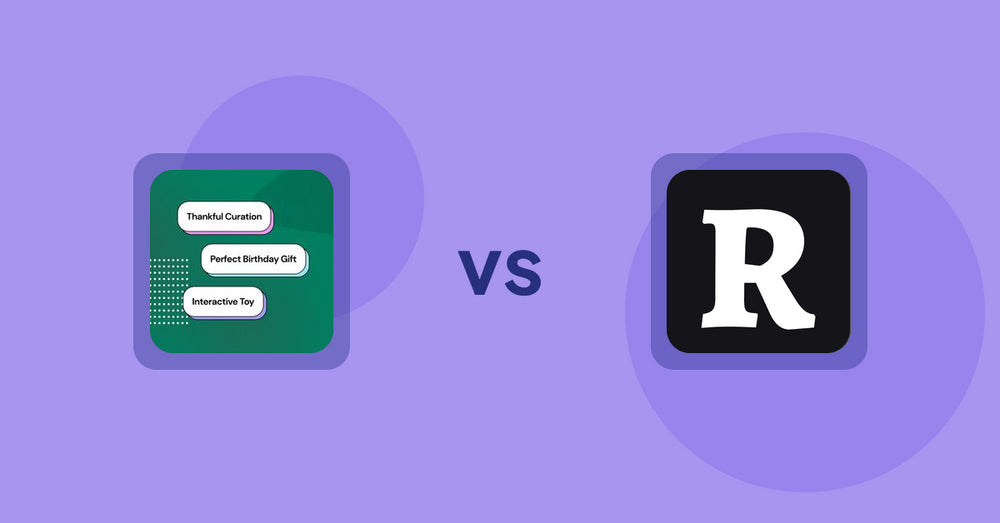
Shopify Product Display Apps: FeatureFrame ‑ Pretty Product vs. AI SEO: Top Product Features
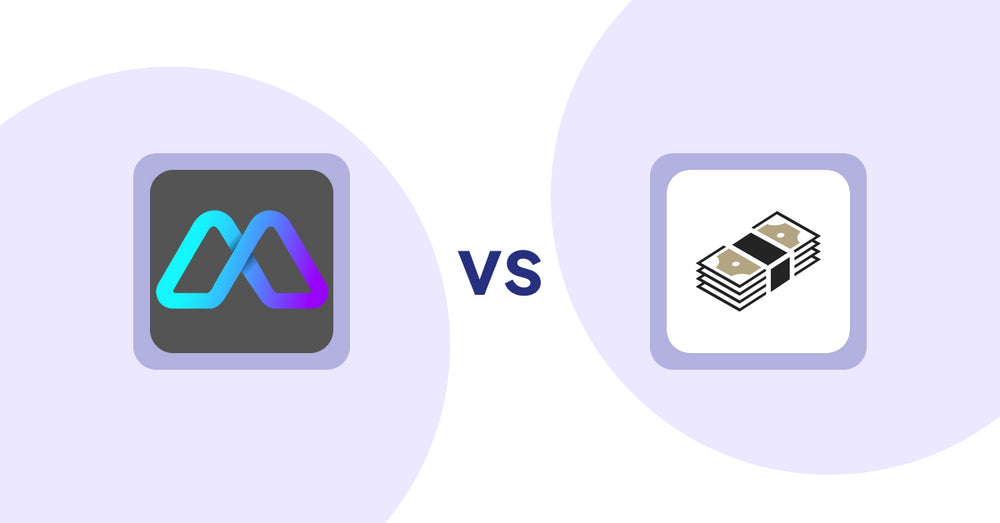
Shopify Product Display Apps: Metadrob: Create Virtual Store vs シンプルクラウドファンディング|お手軽自社クラファン
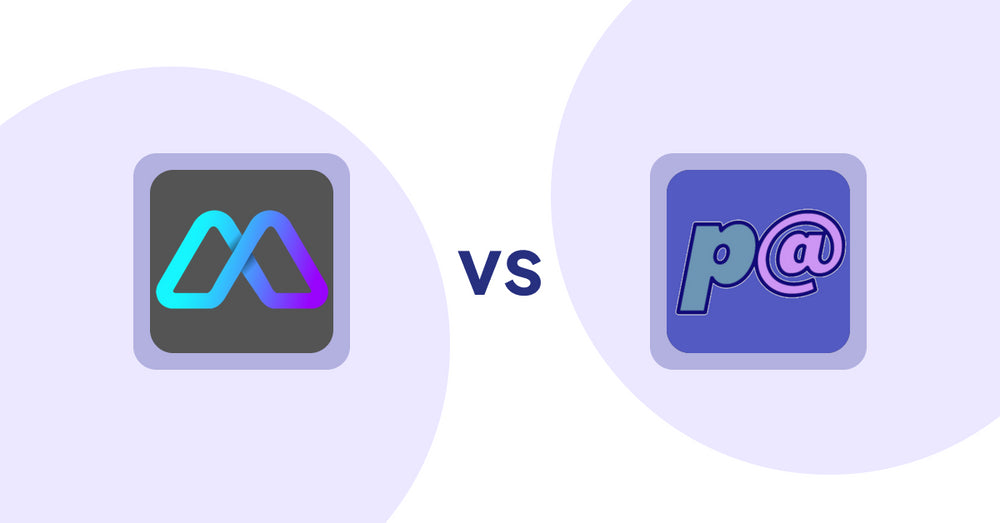
Shopify Product Display Apps: Metadrob: Create Virtual Store vs Parameterizer
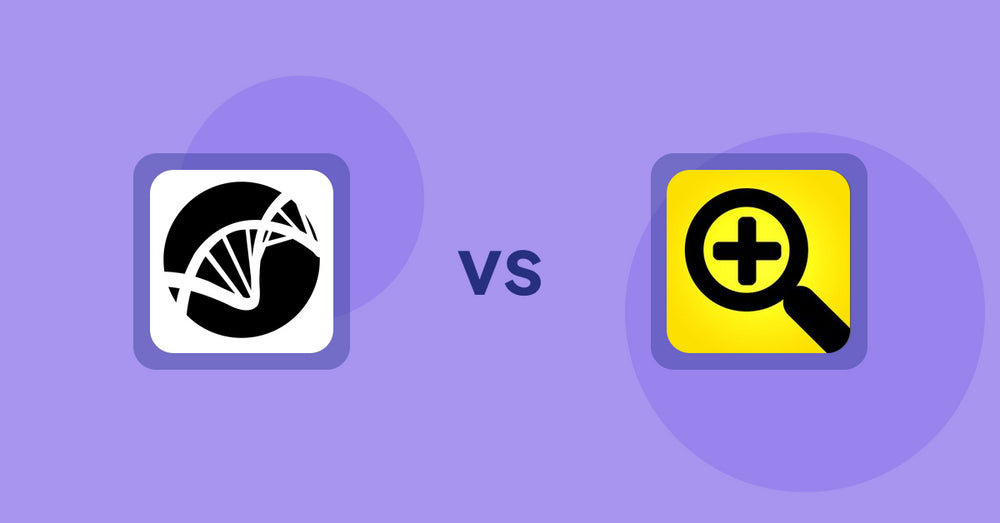
Shopify Product Display Apps: Bike Matrix vs. Fast View: Fastest Quick View
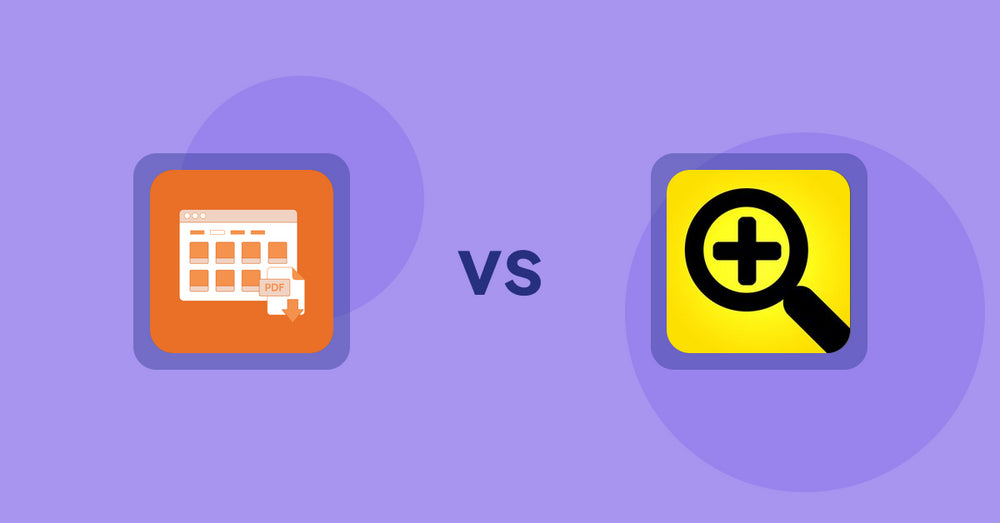
Shopify Product Display Apps: Meetanshi PDF Product Catalog vs Fast View: Fastest Quick View
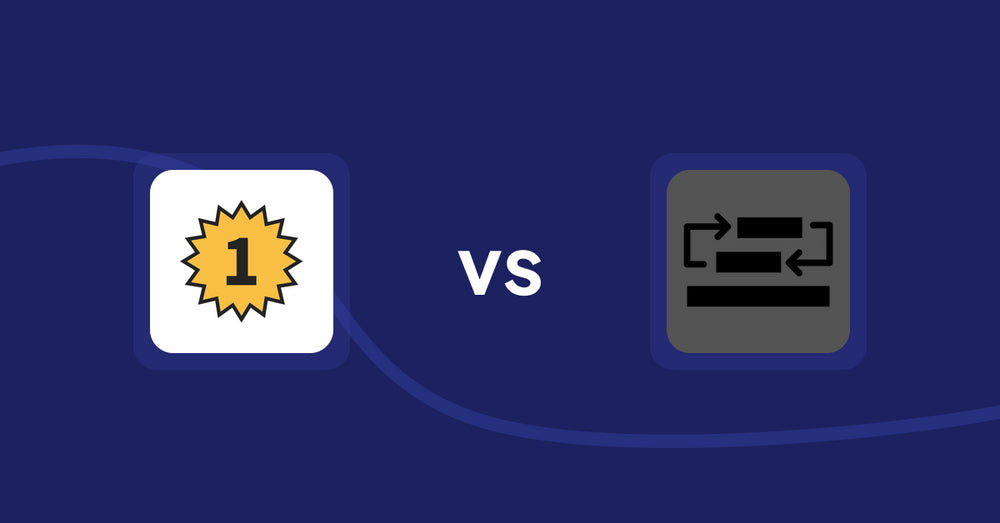
Shopify Product Display Apps: UR: Smart Ranking vs Sortyfi Collection Merchandise
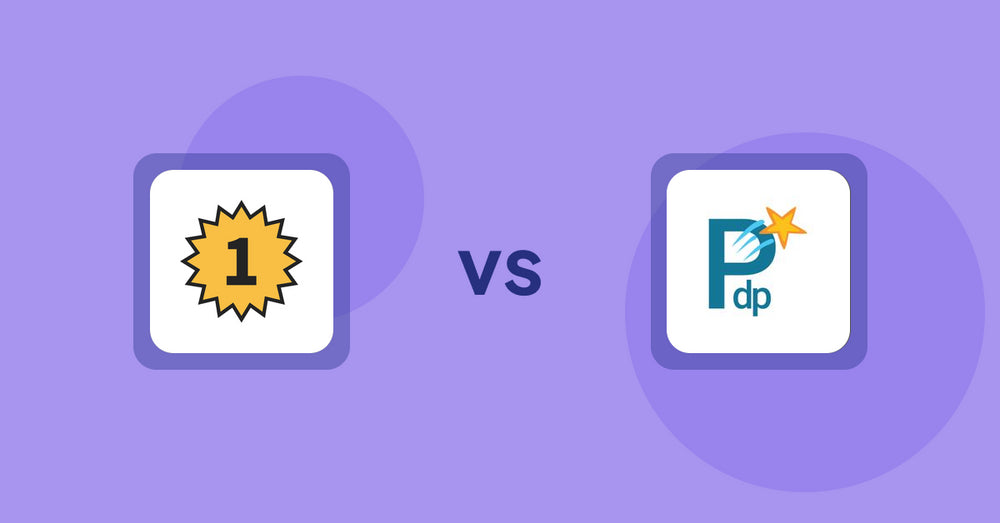
Shopify Product Display Apps: UR: Smart Ranking vs PDP Star
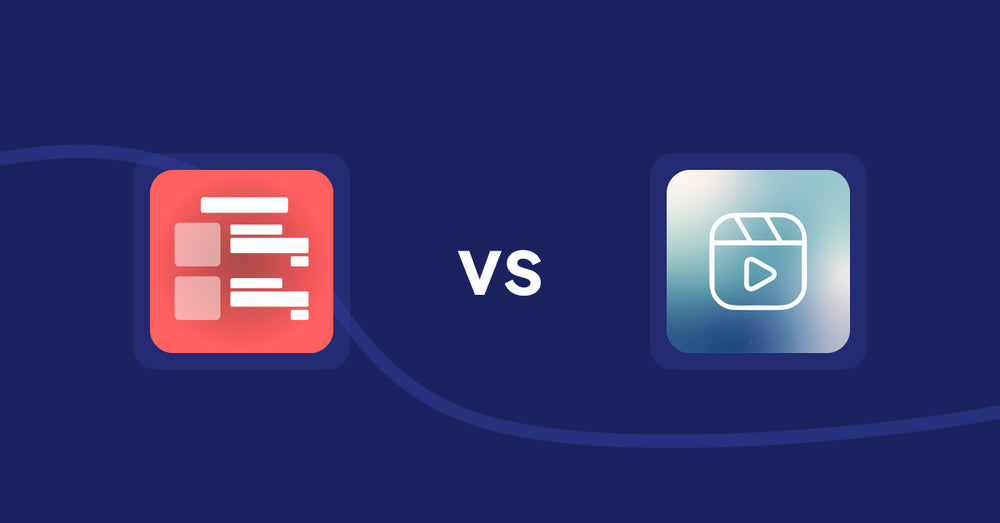
Shopify Product Display Apps: Menulog vs Reelify ‑ Shoppable Reel Video
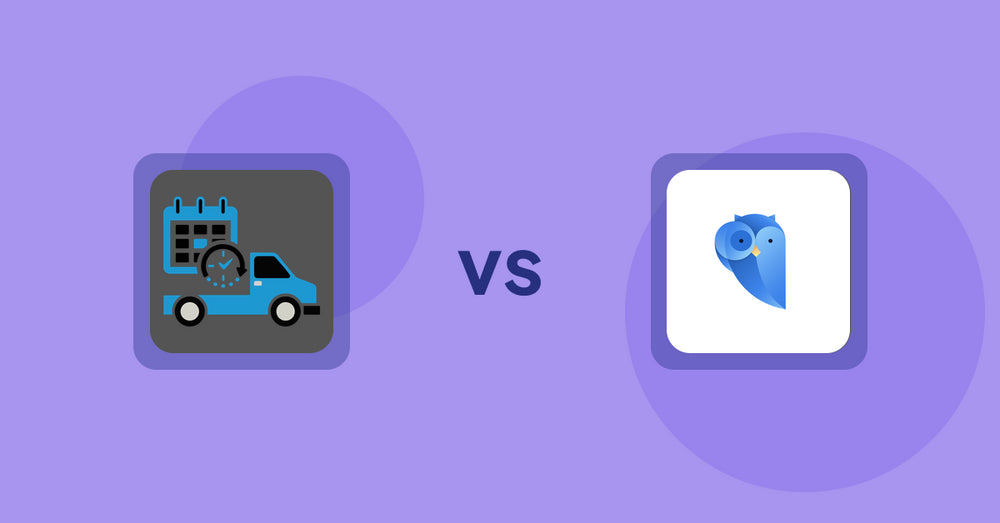
Shopify Product Display Apps: H3 Estimated Delivery vs Findify Search & Merchandise
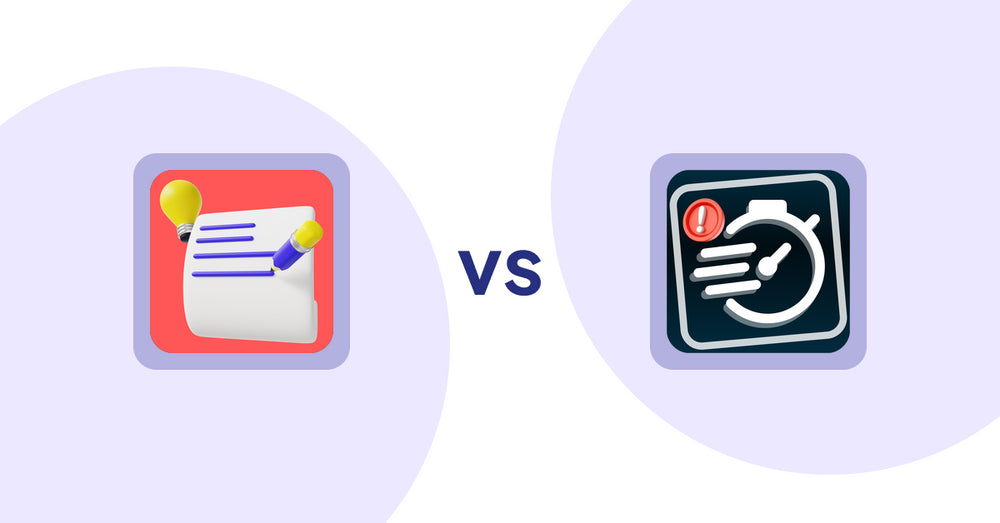
Shopify Product Display Apps: Wordo ‑ ChatGPT AI Description vs Urgency! Low Stock Counter
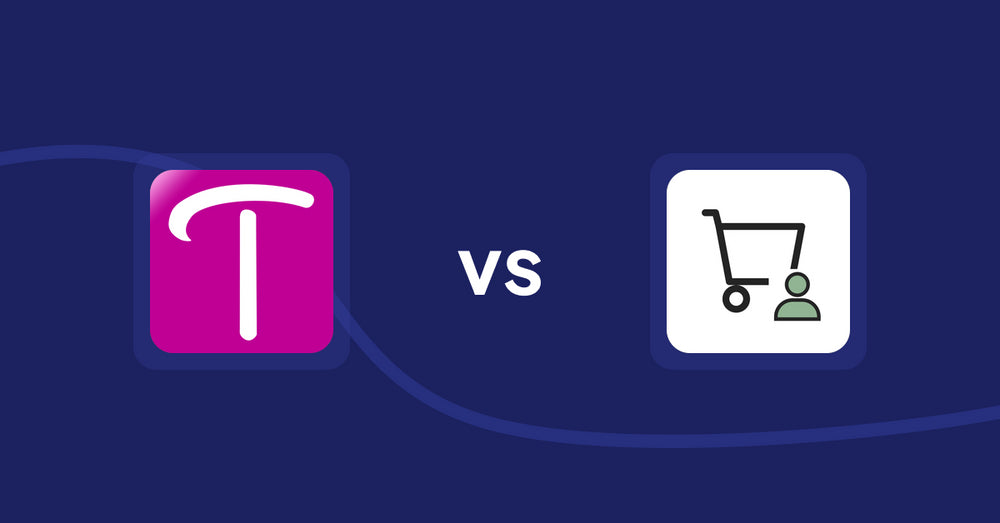
Shopify Product Display Apps: WS Transparency vs シンプル会員注文割引|お手軽ログインセール設定
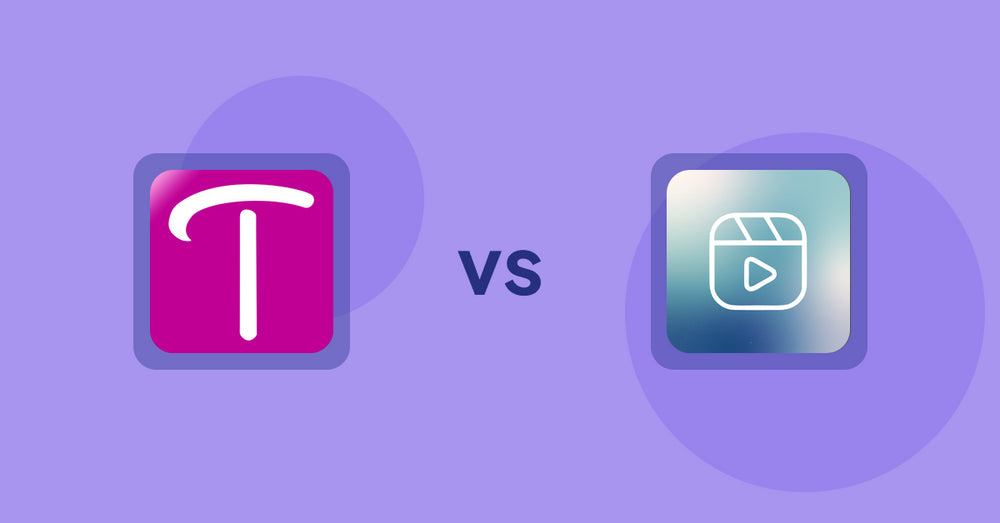
Shopify Product Display Apps: WS Transparency vs Reelify ‑ Shoppable Reel Video
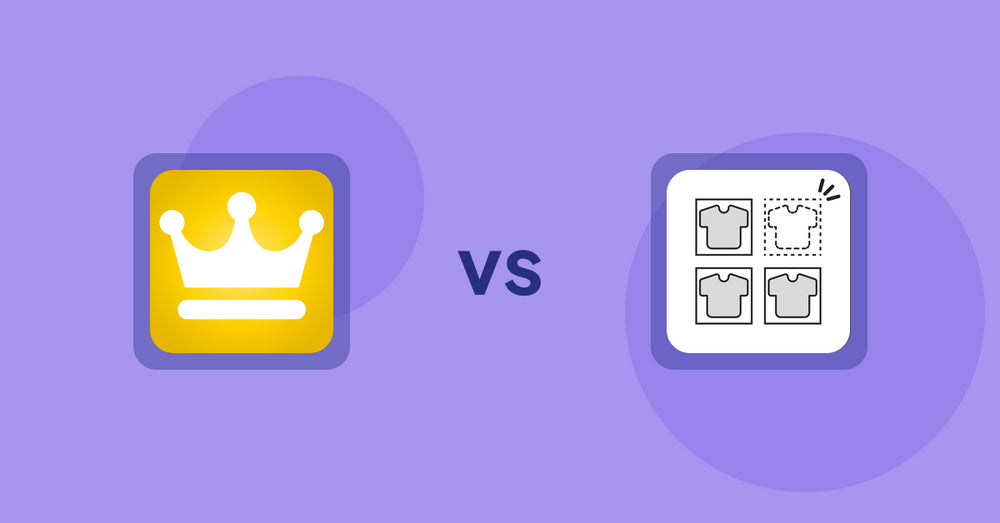
Shopify Product Display Apps: Awesome Ranking vs シンプル売り切れ非表示|在庫切れ商品の表示変更
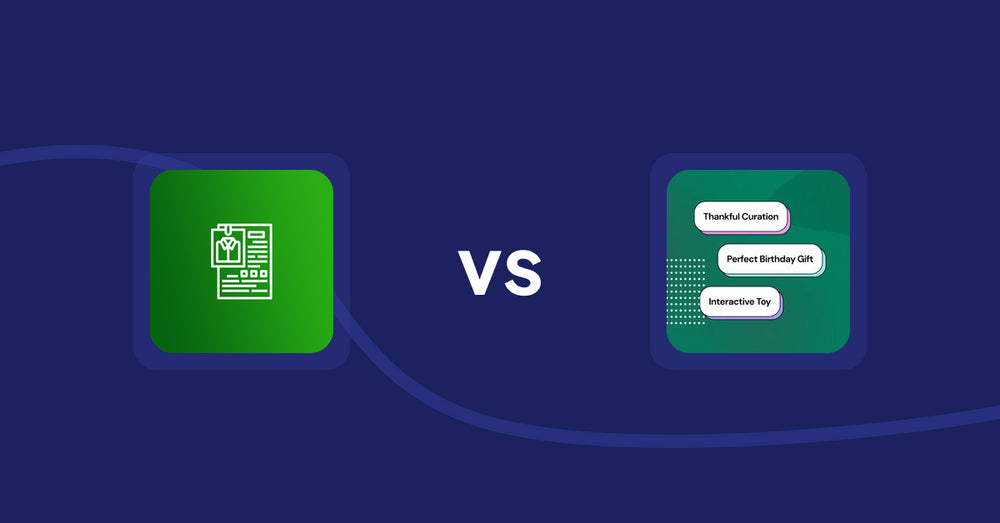
Shopify Product Display Apps: OC Product Size Chart vs FeatureFrame ‑ Pretty Product
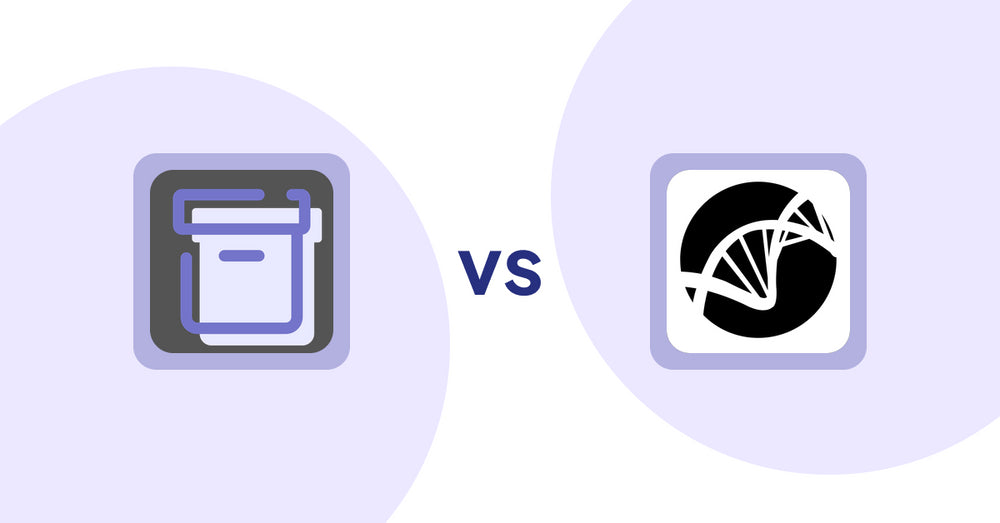
Shopify Product Display Apps: Shelfify vs Bike Matrix
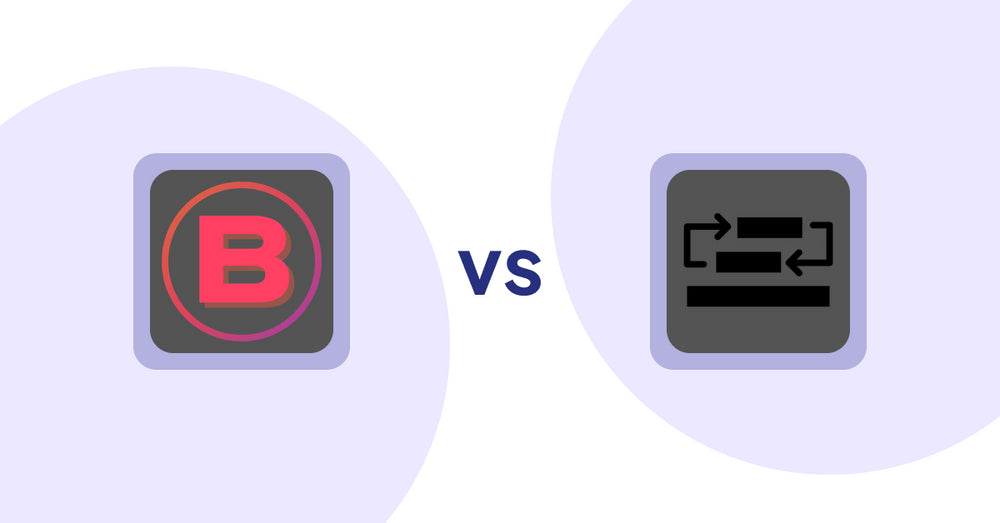
Shopify Product Display Apps: Banter Stories vs Sortyfi Collection Merchandise
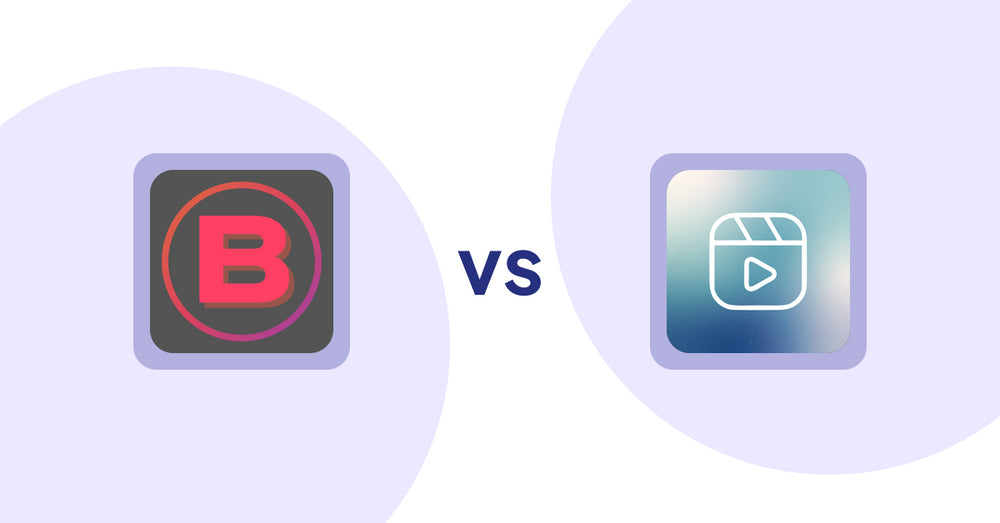
Shopify Product Display Apps: Banter Stories vs. Reelify ‑ Shoppable Reel Video
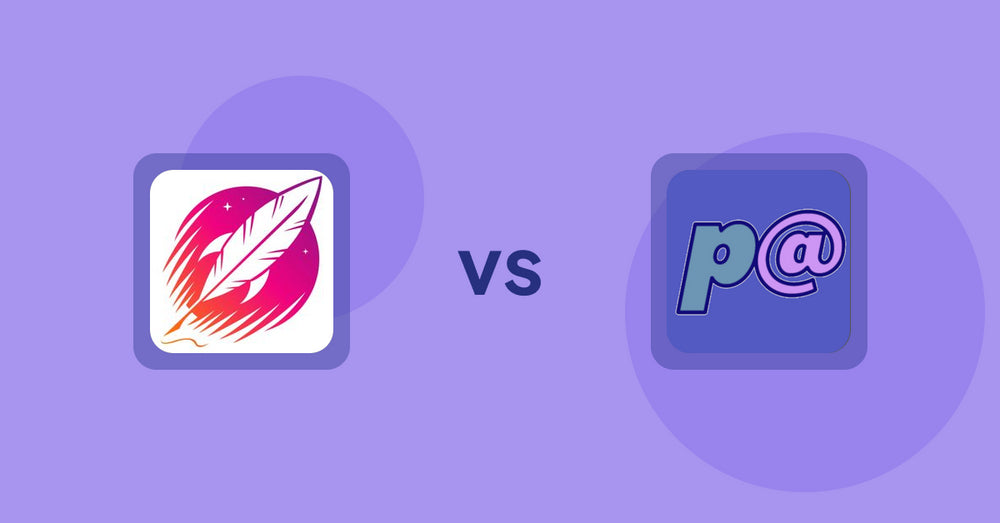
Shopify Product Display Apps: Wordsmith: Content Generator vs Parameterizer

Shopify Product Display Apps: Wordsmith: Content Generator vs Reelify ‑ Shoppable Reel Video
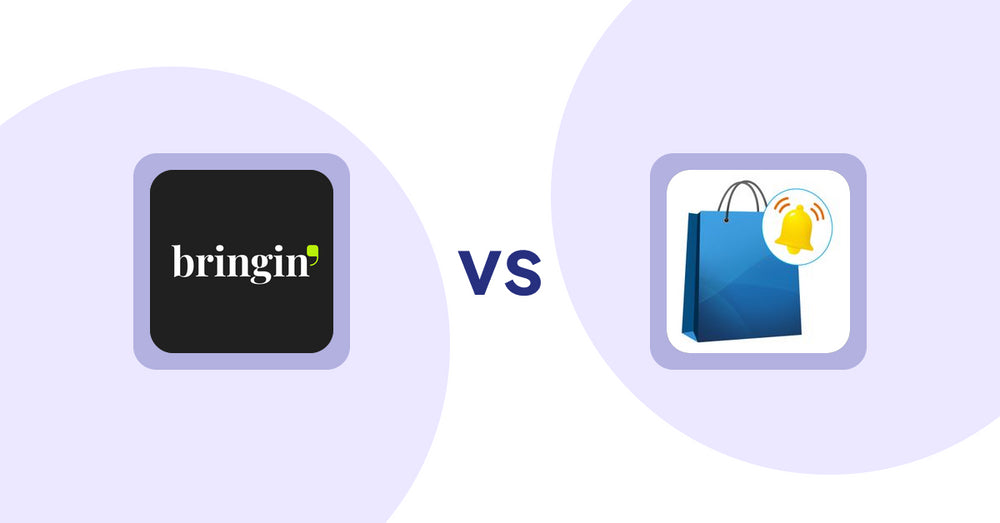
Shopify Product Display Apps: Bringin vs CartBar ‑ Product Purchase Bar
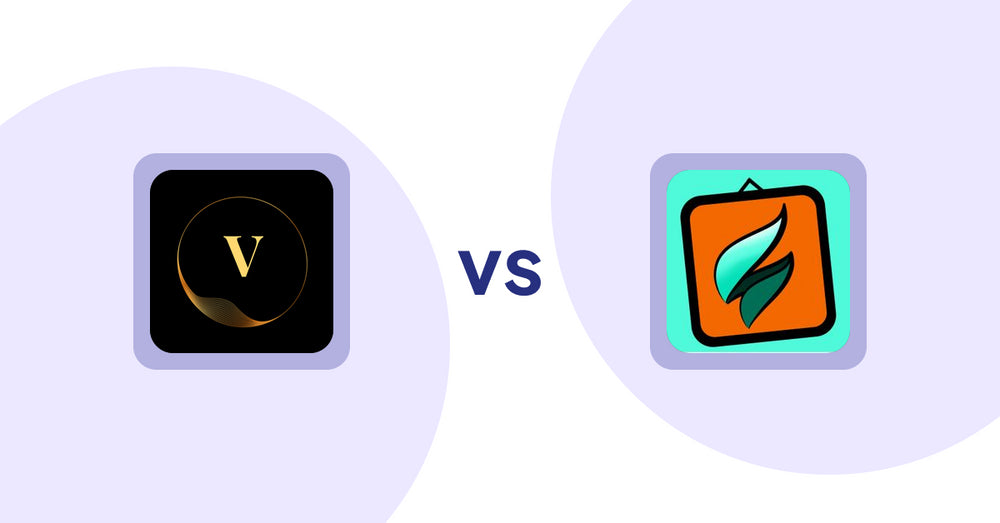
Shopify Product Display Apps: ProductTube vs SMART ‑ Art Product Builder
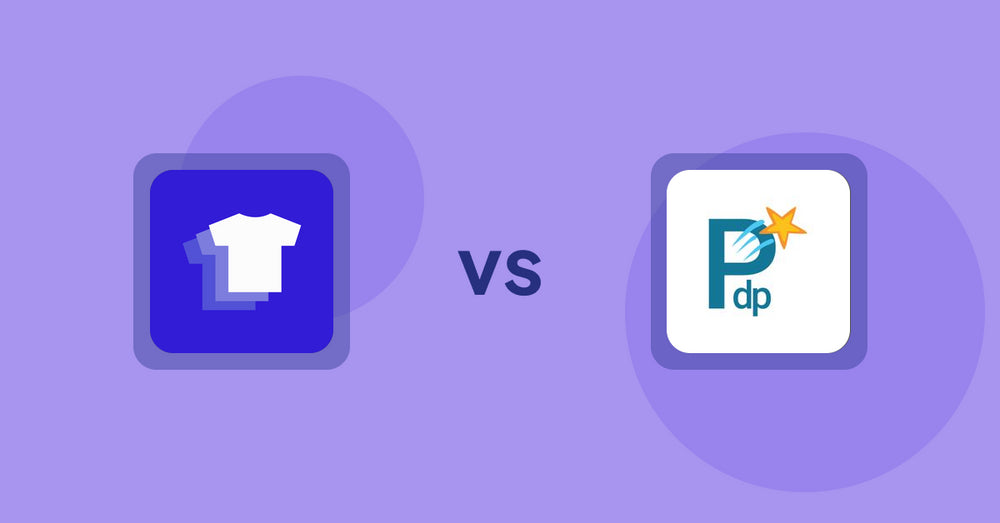
Shopify Product Display Apps: Xpander vs PDP Star
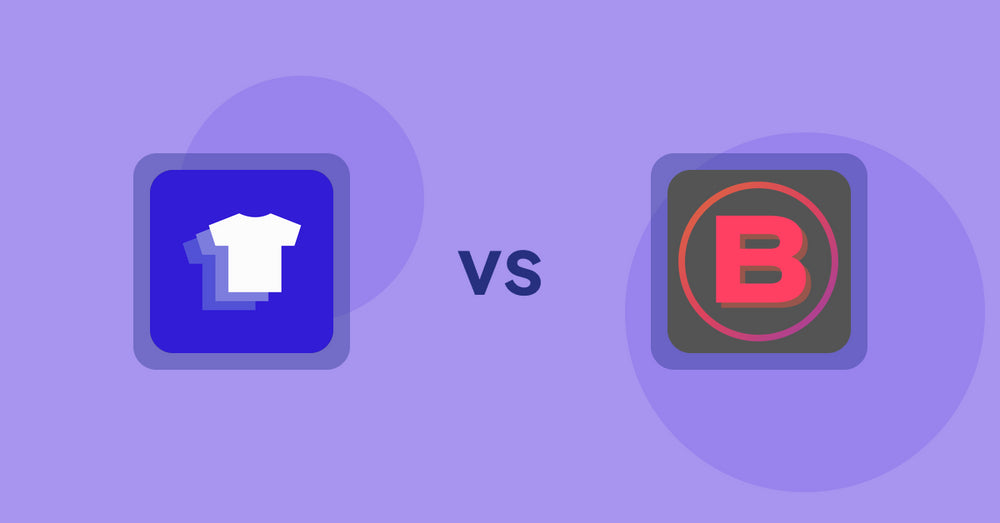
Shopify Product Display Apps: Xpander vs Banter Stories
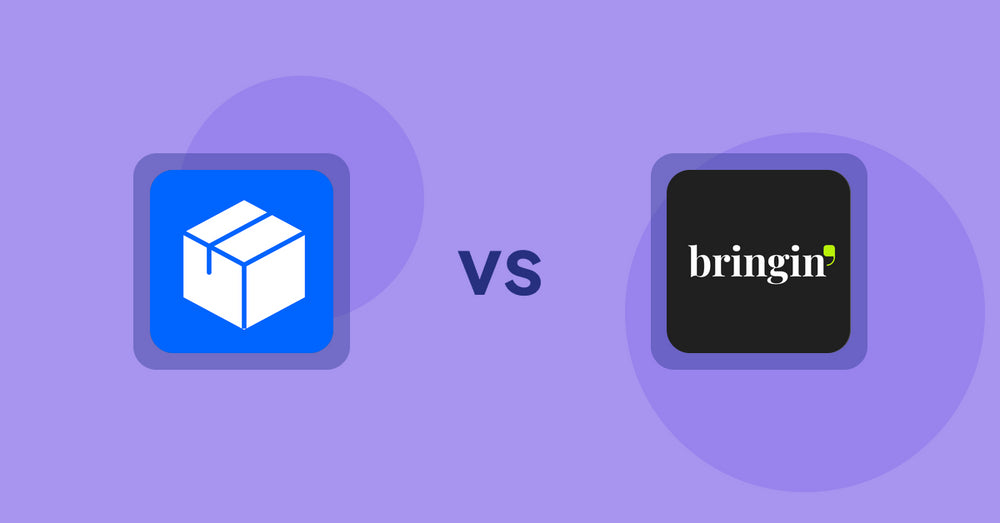
Shopify Product Display Apps: Wonderful Widgets vs Bringin
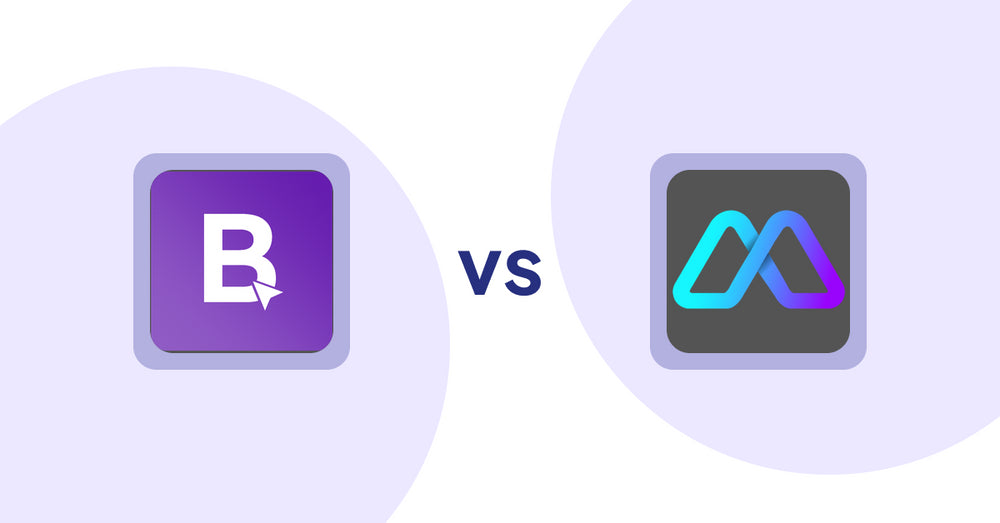
Shopify Product Display Apps: BookE - Rent Property & Service vs Metadrob: Create Virtual Store
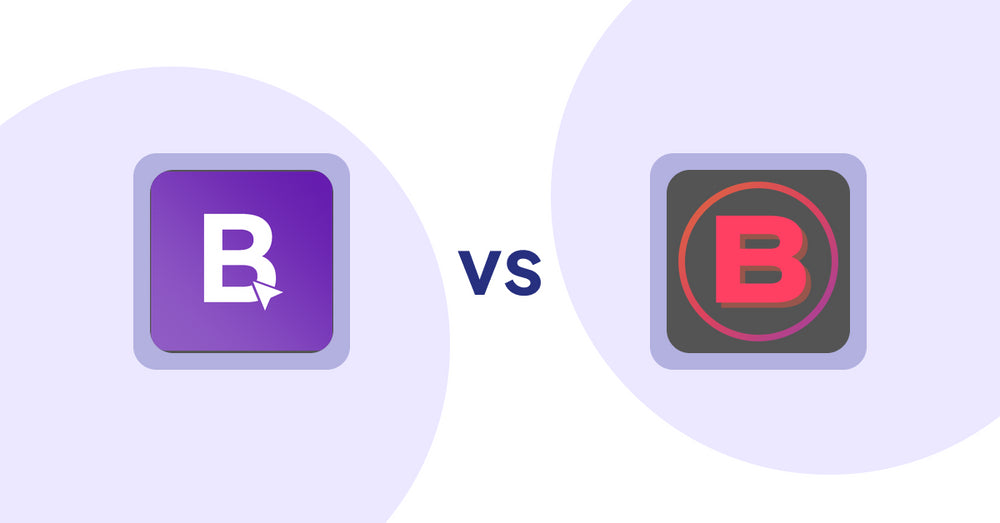
Shopify Product Display Apps: BookE ‑Rent Property & Service vs. Banter Stories
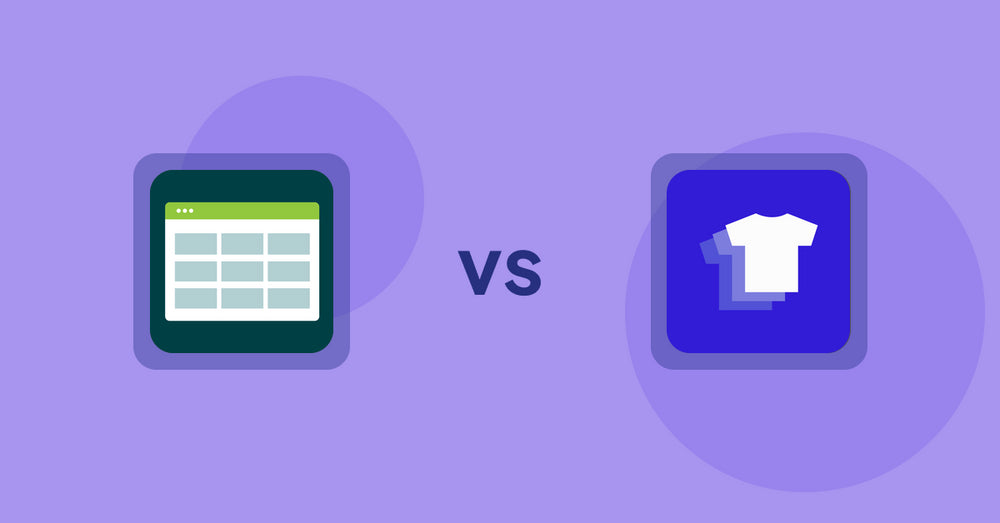
Shopify Product Display Apps: Product Table vs. Xpander
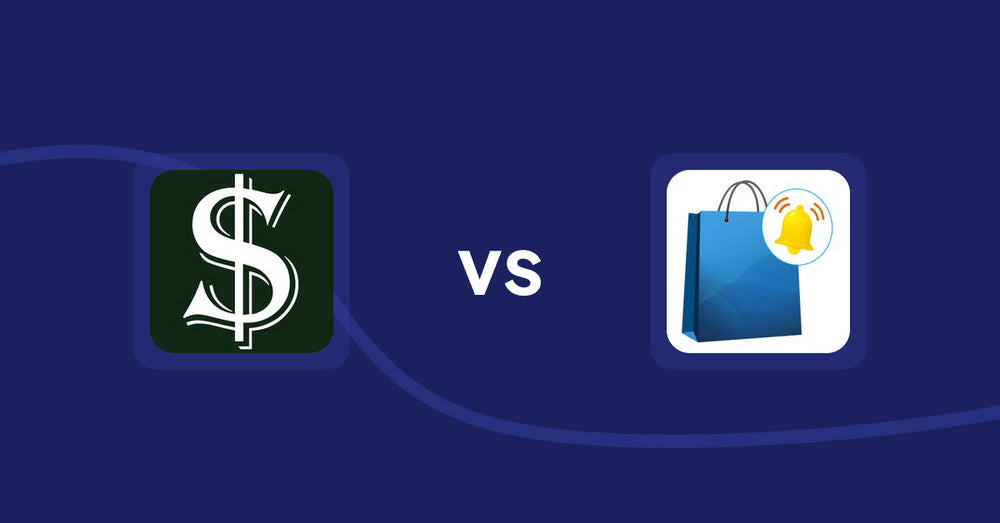
Shopify Product Display Apps: Selling Fast vs CartBar ‑ Product Purchase Bar
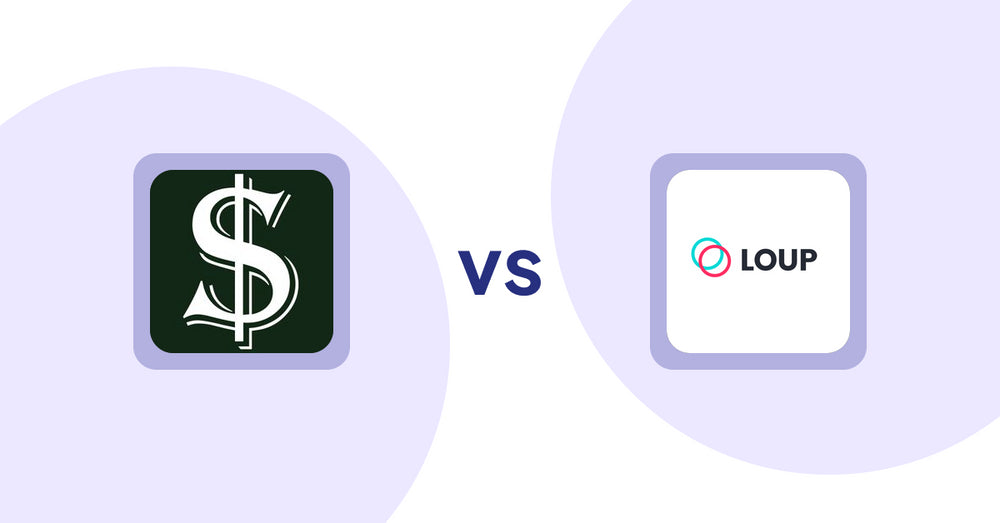
Shopify Product Display Apps: Selling Fast vs. Loup: Sell on Instagram
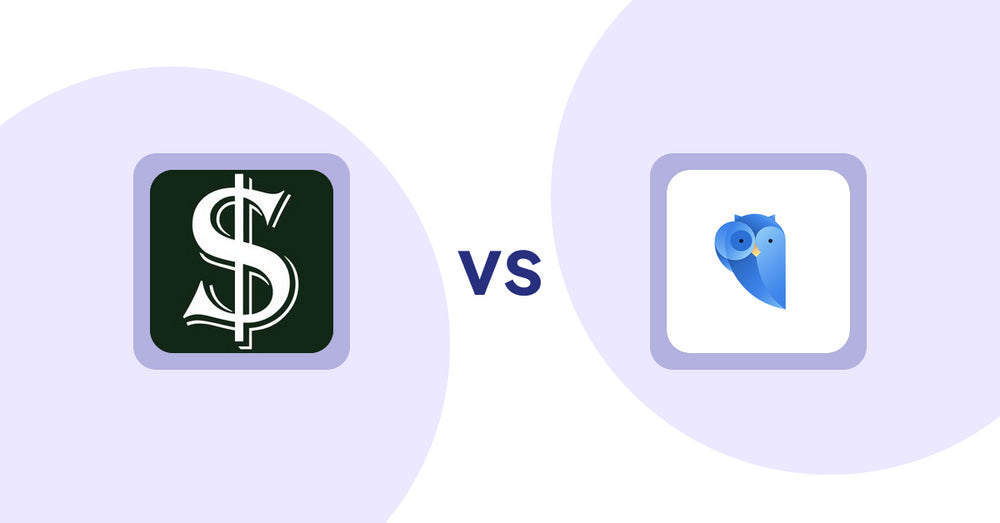
Shopify Product Display Apps: Selling Fast vs. Findify Search & Merchandise
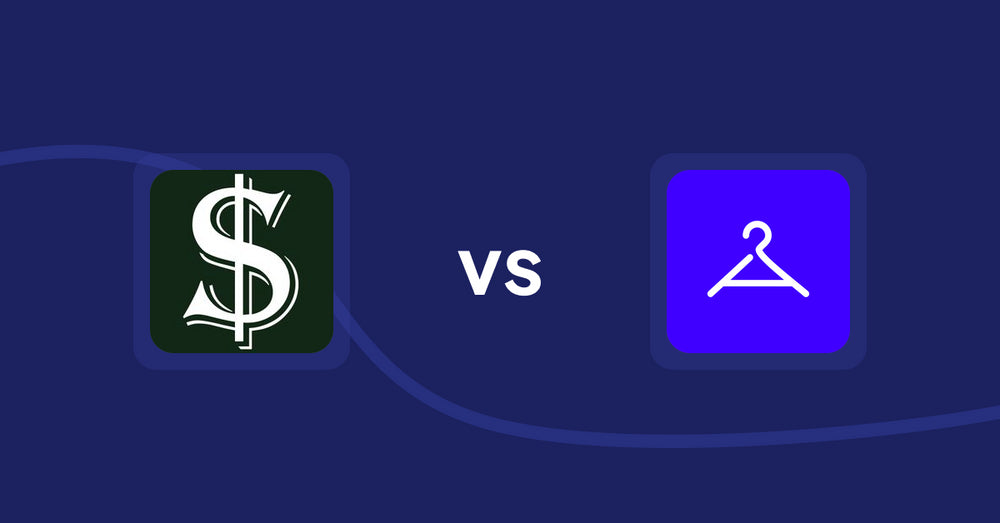
Shopify Product Display Apps: Selling Fast vs. Aiuta
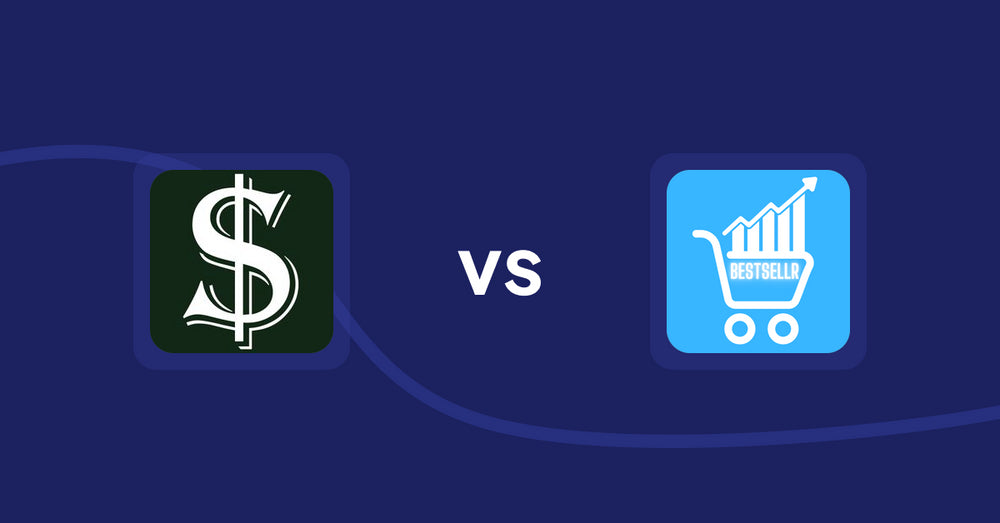
Shopify Product Display Apps: Selling Fast vs Bestsellr
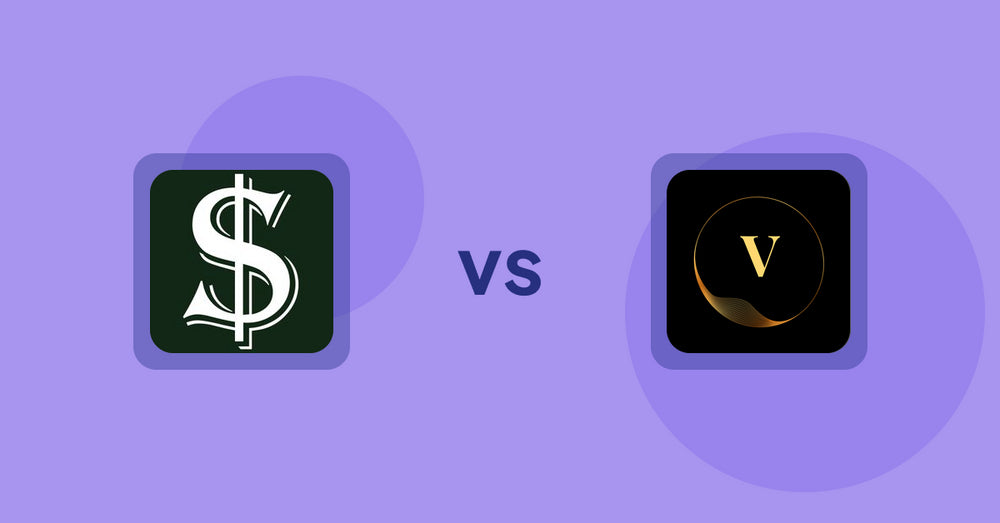
Shopify Product Display Apps: Selling Fast vs ProductTube
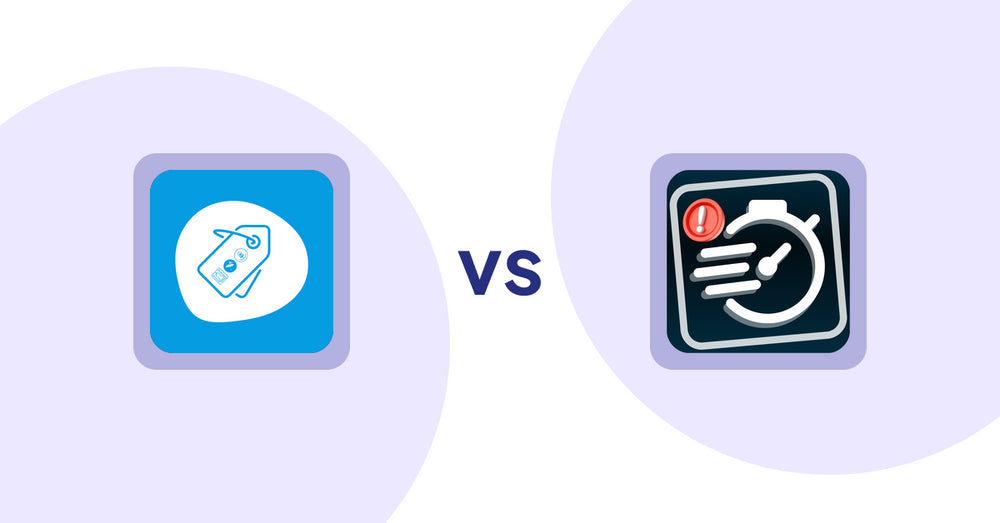
Shopify Product Display Apps: Extendons Product Tag Images vs Urgency! Low Stock Counter
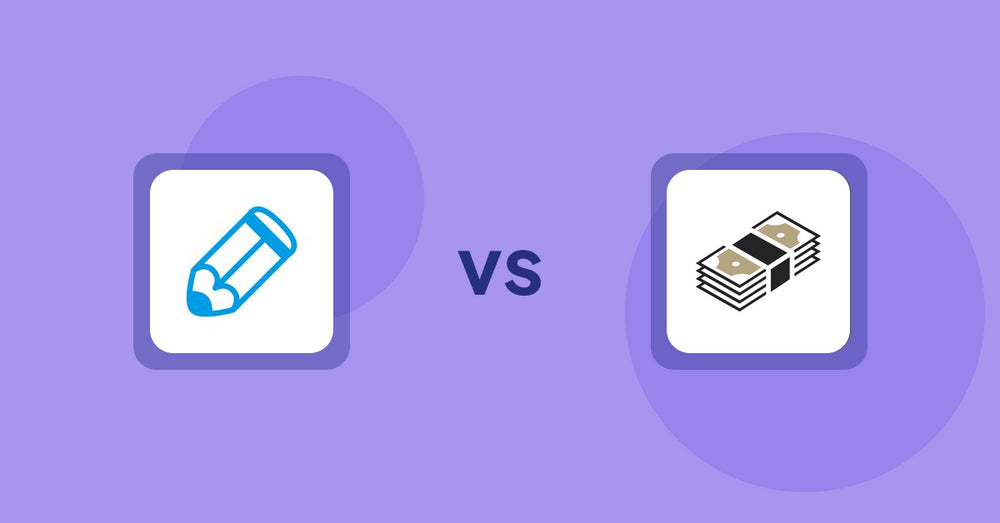
Shopify Product Display Apps: Writer Sofia vs シンプルクラウドファンディング|お手軽自社クラファン
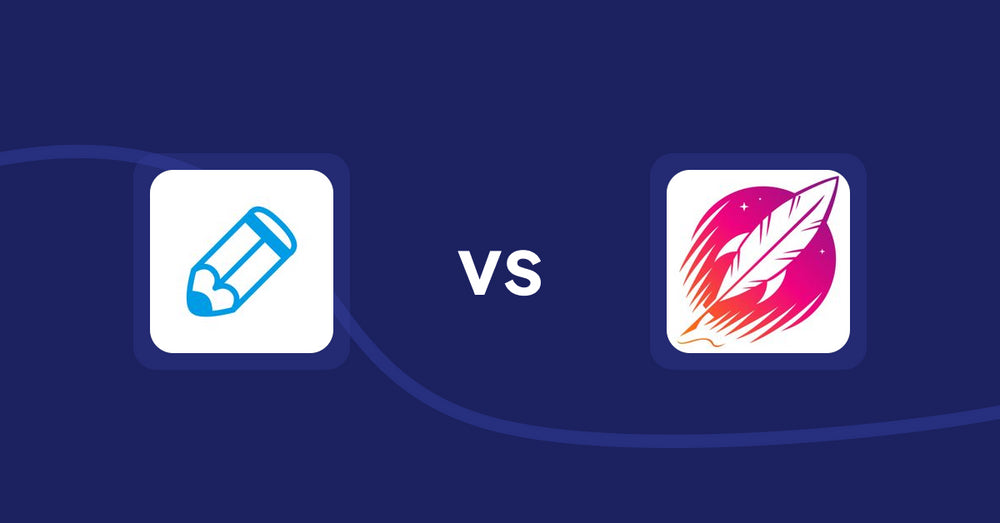
Shopify Product Display Apps: Writer Sofia vs Wordsmith: Content Generator
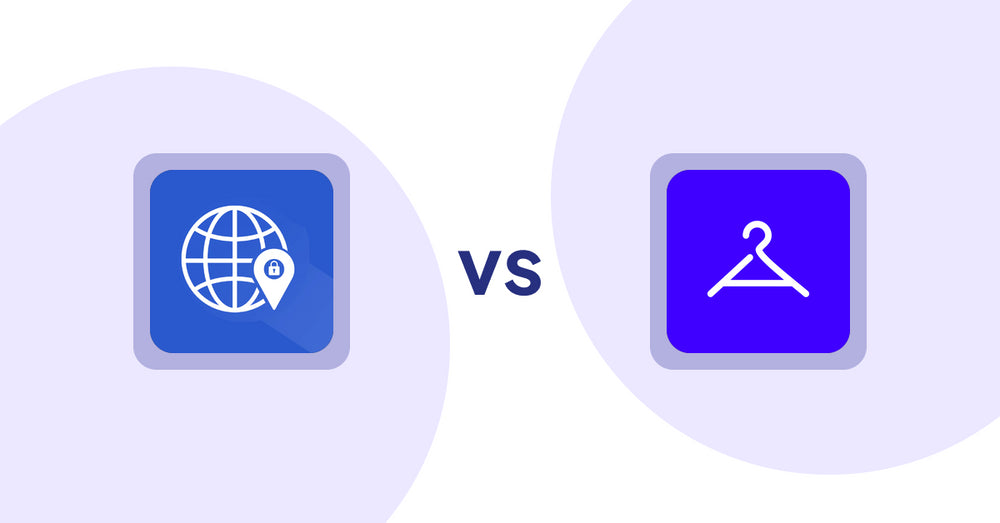
Shopify Product Display Apps: Addify ‑ Country Restrictions vs Aiuta
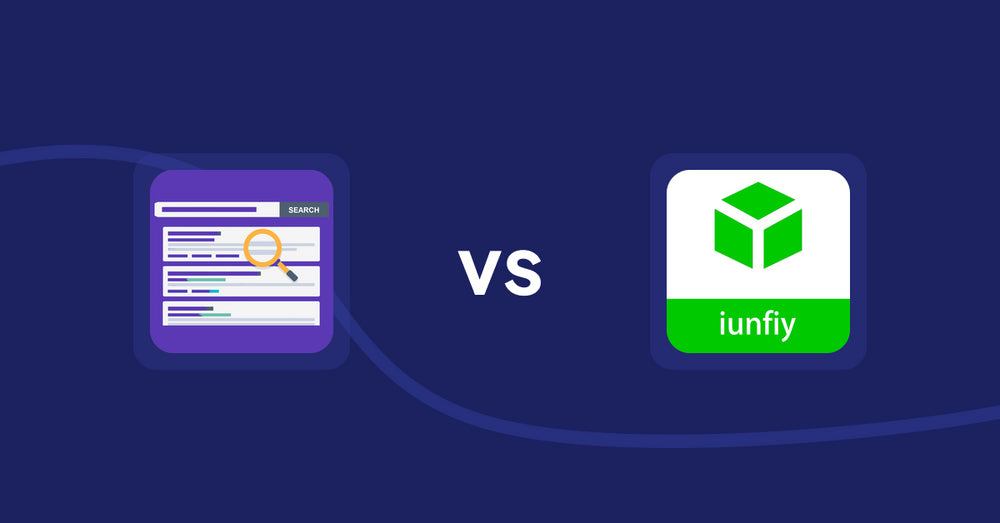
Shopify Product Display Apps: Spark AI Products Description vs iunfiy • Related Products
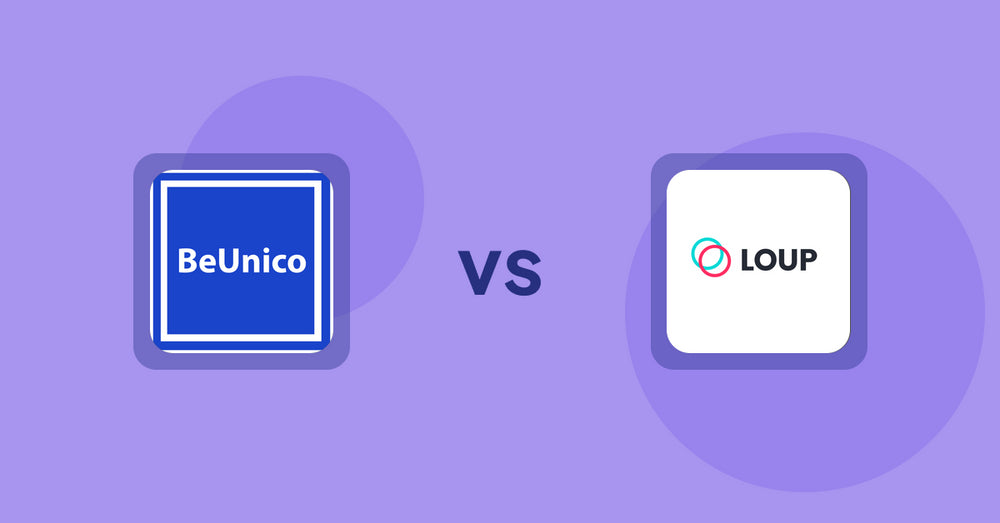
Shopify Product Display Apps: BeUnico vs Loup: Sell on Instagram
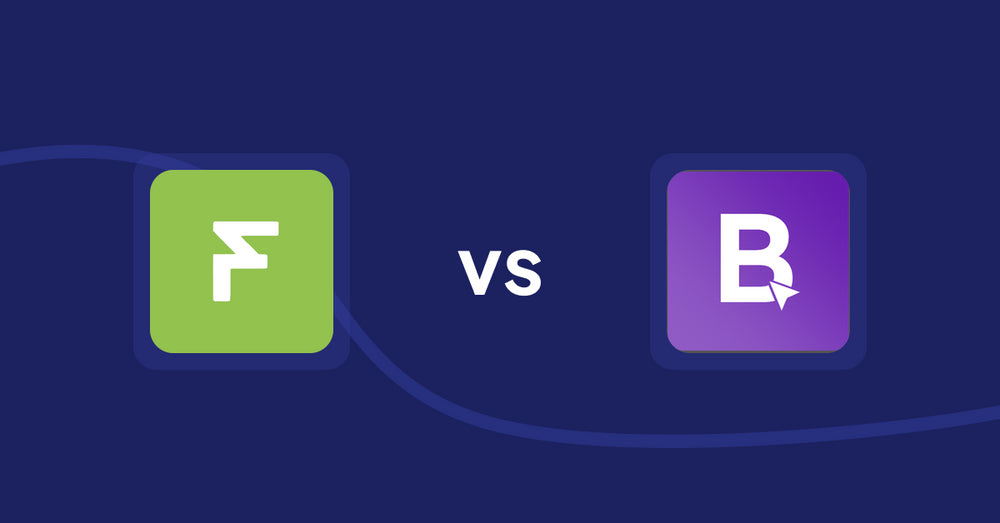
Shopify Product Display Apps: Easy Estimate Shipping vs BookE ‑Rent Property & Service
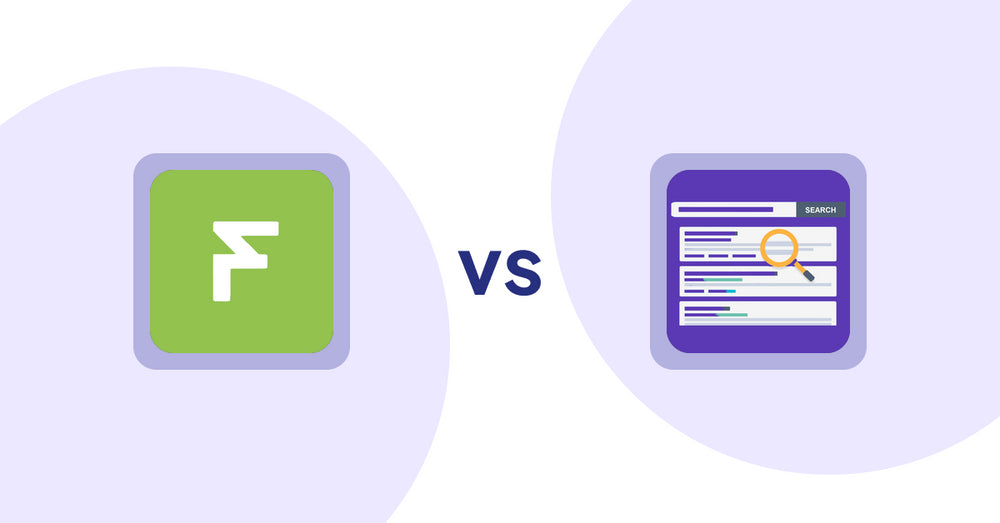
Shopify Product Display Apps: Easy Estimate Shipping vs. Spark AI Products Description
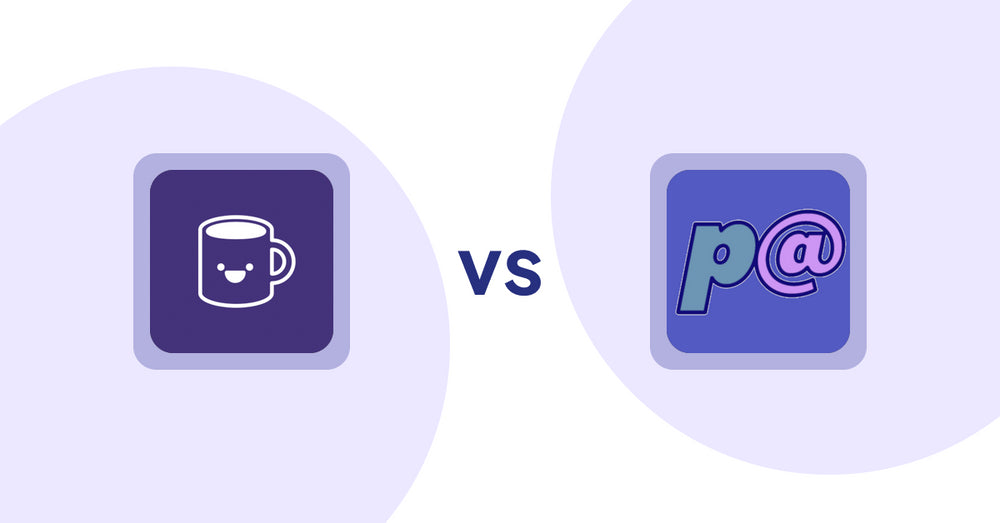
Shopify Product Display Apps: Mugshot Bot vs Parameterizer
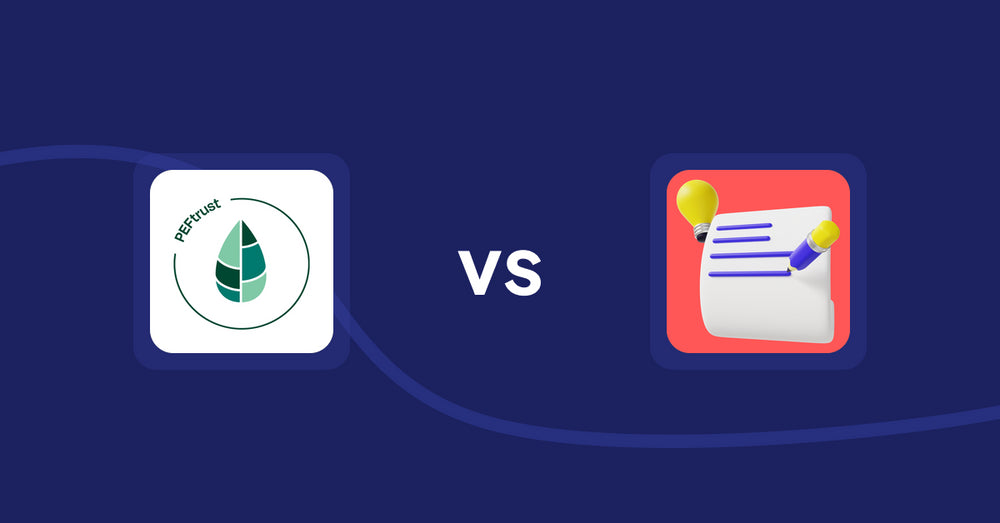
Shopify Product Display Apps: Peftrust vs. Wordo ‑ ChatGPT AI Description
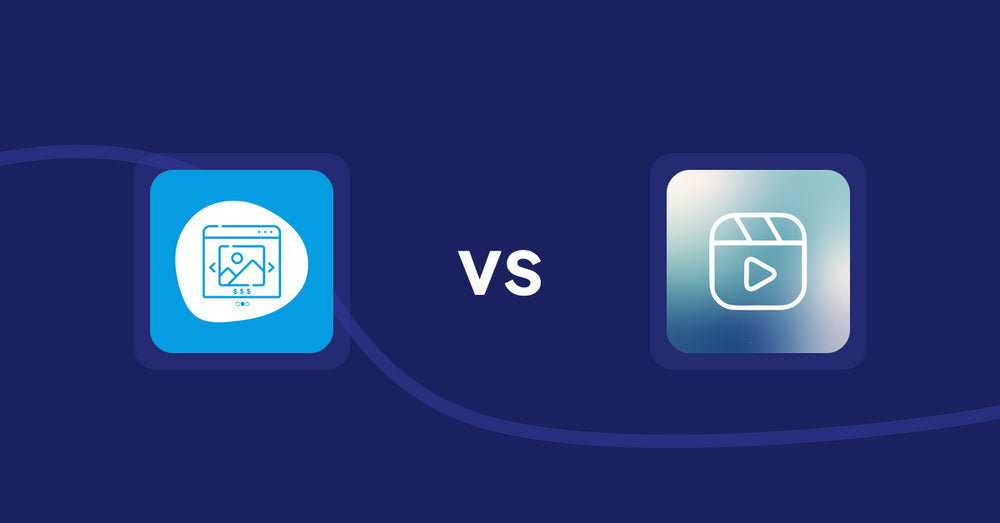
Shopify Product Display Apps: Quick Product Navigator Slide vs Reelify ‑ Shoppable Reel Video
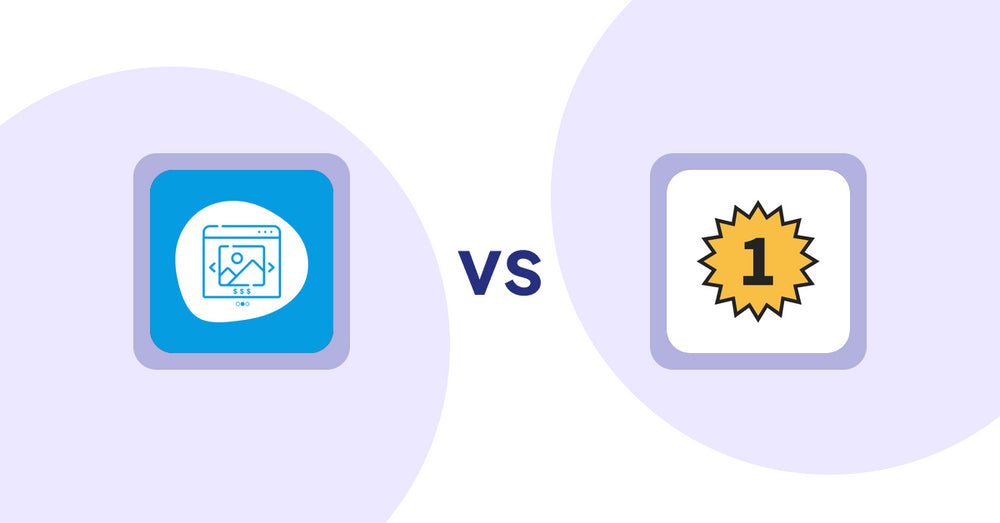
Shopify Product Display Apps: Quick Product Navigator Slide vs. UR: Smart Ranking
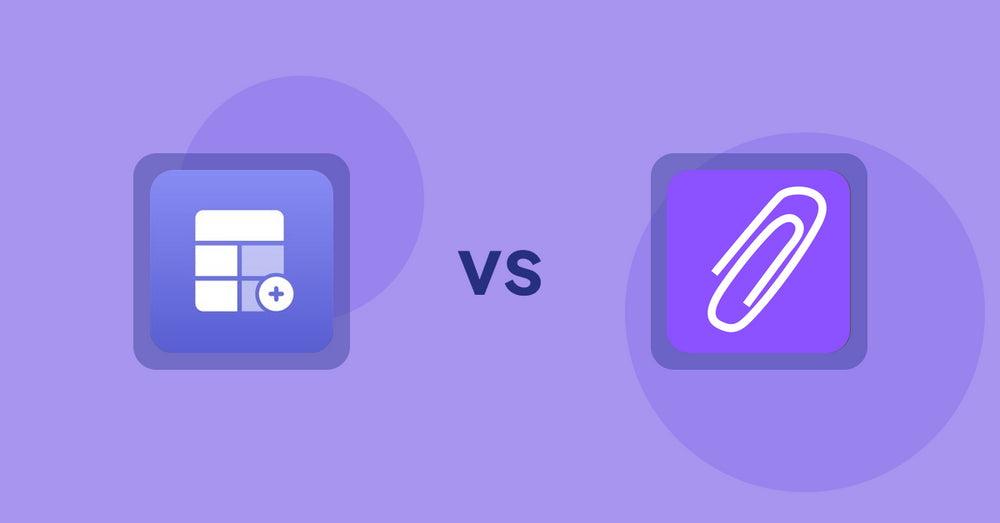
Shopify Product Display Apps: Eazy Specification Tags Table vs Agile Attachments
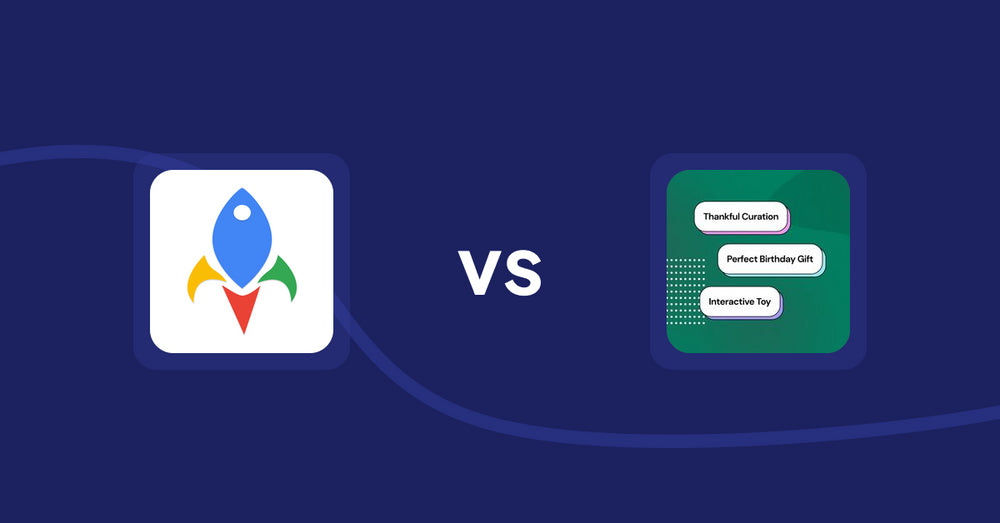
Shopify Product Display Apps: Jedi Back In Stock Admin Alert vs FeatureFrame ‑ Pretty Product
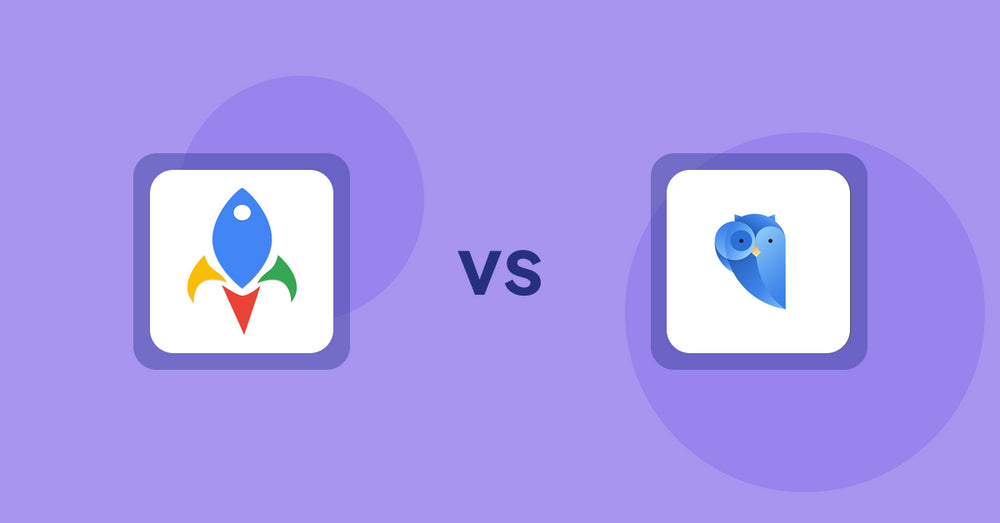
Shopify Product Display Apps: Jedi Back In Stock Admin Alert vs. Findify Search & Merchandise
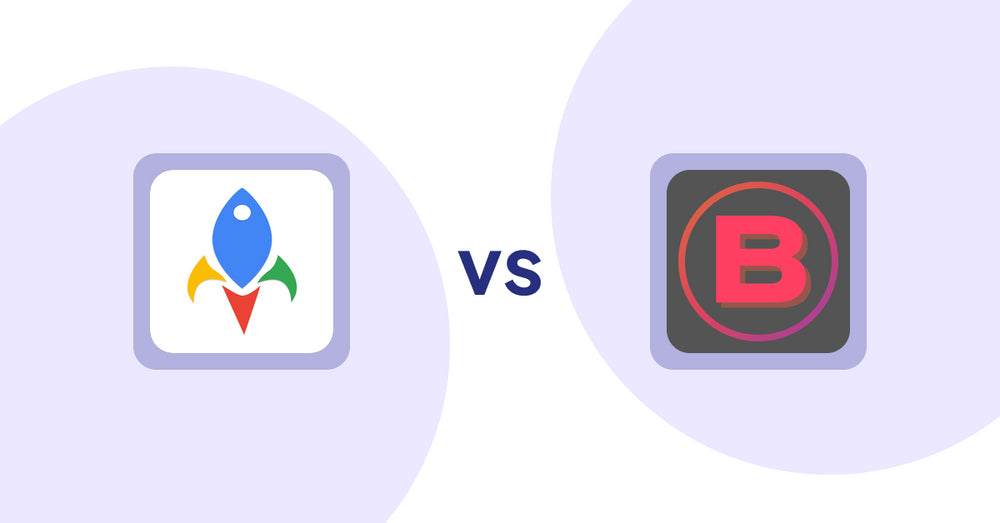
Shopify Product Display Apps: Jedi Back In Stock Admin Alert vs Banter Stories
